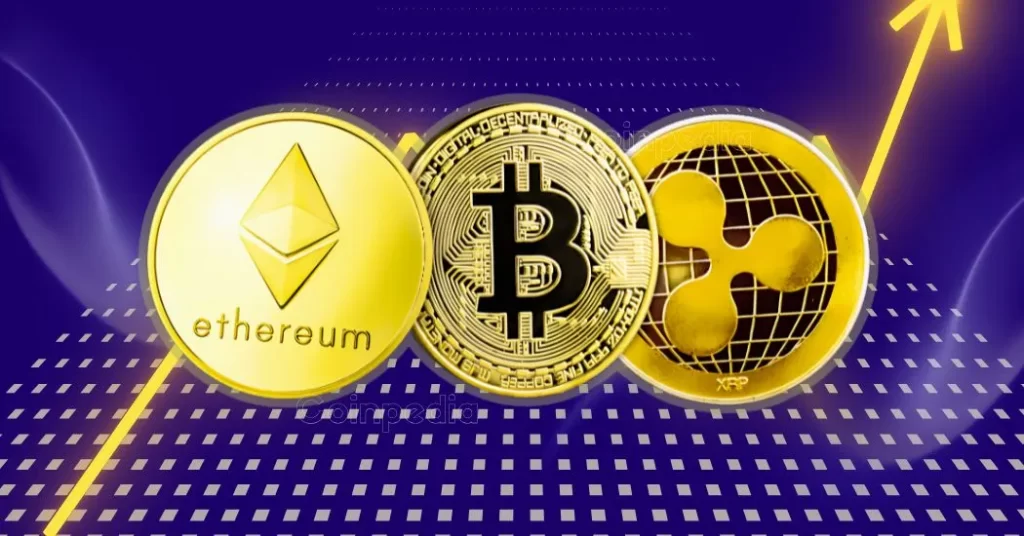ARTICLE AD BOX

- United States officials negotiated with China over the weekend, and without revealing any specific details, the two nations seem to be on a new page.
- This week, a number of reports, like the CPI and PPI, are to be released and could stir up market volatility or push asset prices higher.
Over the last 7 days, Bitcoin (BTC) has seen an 11% increase in its value and a slight increase of 1.28% in the last 24 hours. The asset is currently trading at $105,656, which is just 3.86% below its January all-time high of $109,114.
Ethereum (ETH), Bitcoin’s predecessor, has had a more dramatic rise, surging by a staggering 40.20% in the past week and 2.30% in the past 24 hours. Currently, ETH is priced at $2550 with a 32.55% drop in its market capitalization to now settle at $22 billion.
As we get into May’s third week, several economic indicators and geopolitical developments are poised to influence the cryptocurrency markets. Let’s have a look.
This Week in Crypto
The U.S. Bureau of Labor Statistics will release the April CPI data on Tuesday. The CPI measures the average change over time in the prices paid by urban consumers for a market basket of consumer goods and services. Notably, the CPI data is an indicator of the market’s rate of inflation. Thus, this may or may not influence the Federal Reserve’s monetary policy decisions.
The following day, the Organization of the Petroleum Exporting Countries is going to publish its Monthly Oil Market Report (MOMR). This report provides a comprehensive analysis of global oil market trends, including supply and demand dynamics, production levels, and economic factors influencing the oil industry.
Also, coming this week is April’s PPI report, landing on Thursday. While CPI shows what consumers are paying, PPI tracks the prices producers get for their goods, basically, it’s what happens earlier in the supply chain. If producers are paying more, those costs often trickle down to consumers later, which is why the PPI is seen as a leading inflation indicator. Traders watch this closely to anticipate how inflation is trending, and that includes crypto investors trying to gauge future Fed policy.
Thursday is a double feature, and retail sales data is coming out on the same day. This report from the U.S. Census Bureau tells us how much people are spending, whether on groceries, gadgets, or gas. Strong numbers suggest consumers are still opening their wallets, which can signal a healthy economy but might also raise inflation fears. Weak numbers, on the other hand, could hint at a slowdown.
Rounding up the week is the University of Michigan Consumer Sentiment Index (CSI), which comes on Friday. Simply put, this is a survey that is conducted to analyze how confident people are feeling about the economy as well as their financial future. Why does this matter? Because when consumers feel optimistic, they tend to spend more, but when the sentiment drops, it could mean that people are bracing for tougher times ahead.
Over the weekend, progress was reported in the trade negotiations between the United States and China. U.S. Treasury Secretary Scott Bessent described the talks as “productive,” with advancements made towards resolving ongoing trade disputes. According to a joint statement published today, the U.S. plans to slash tariffs on Chinese goods from 145% down to 30%, while China will drop its tariffs on American products from 125% to just 10%.
.png)
 3 hours ago
1
3 hours ago
1








 English (US)
English (US)